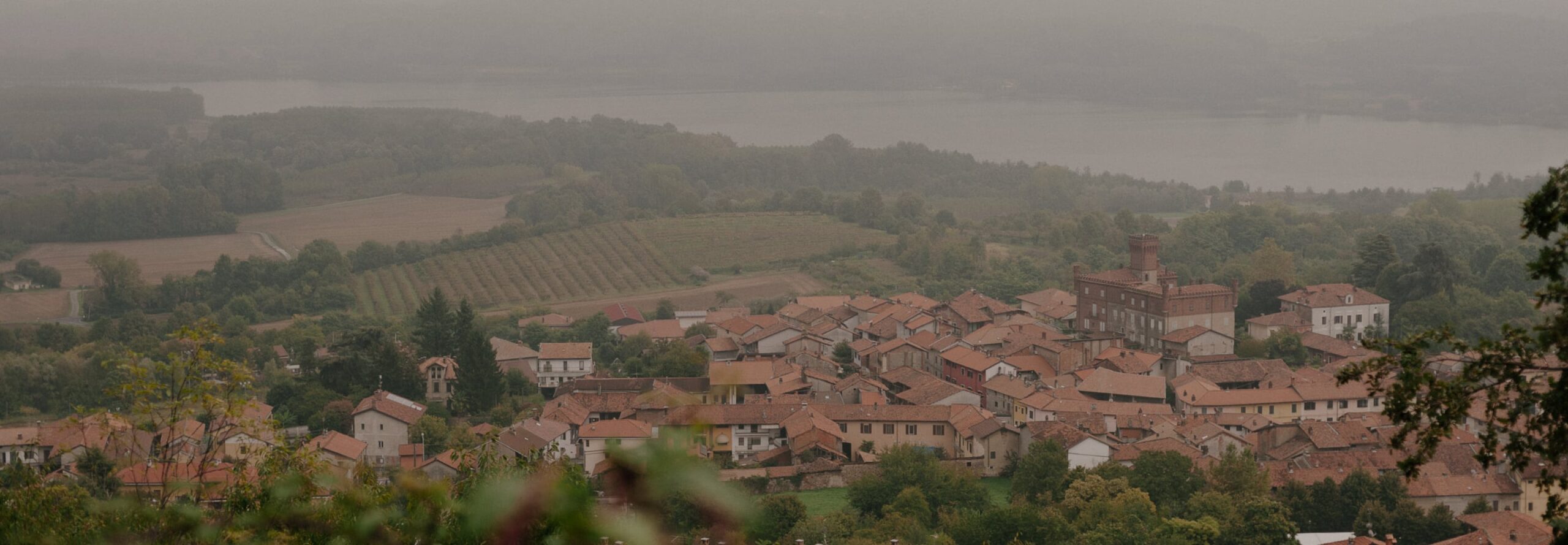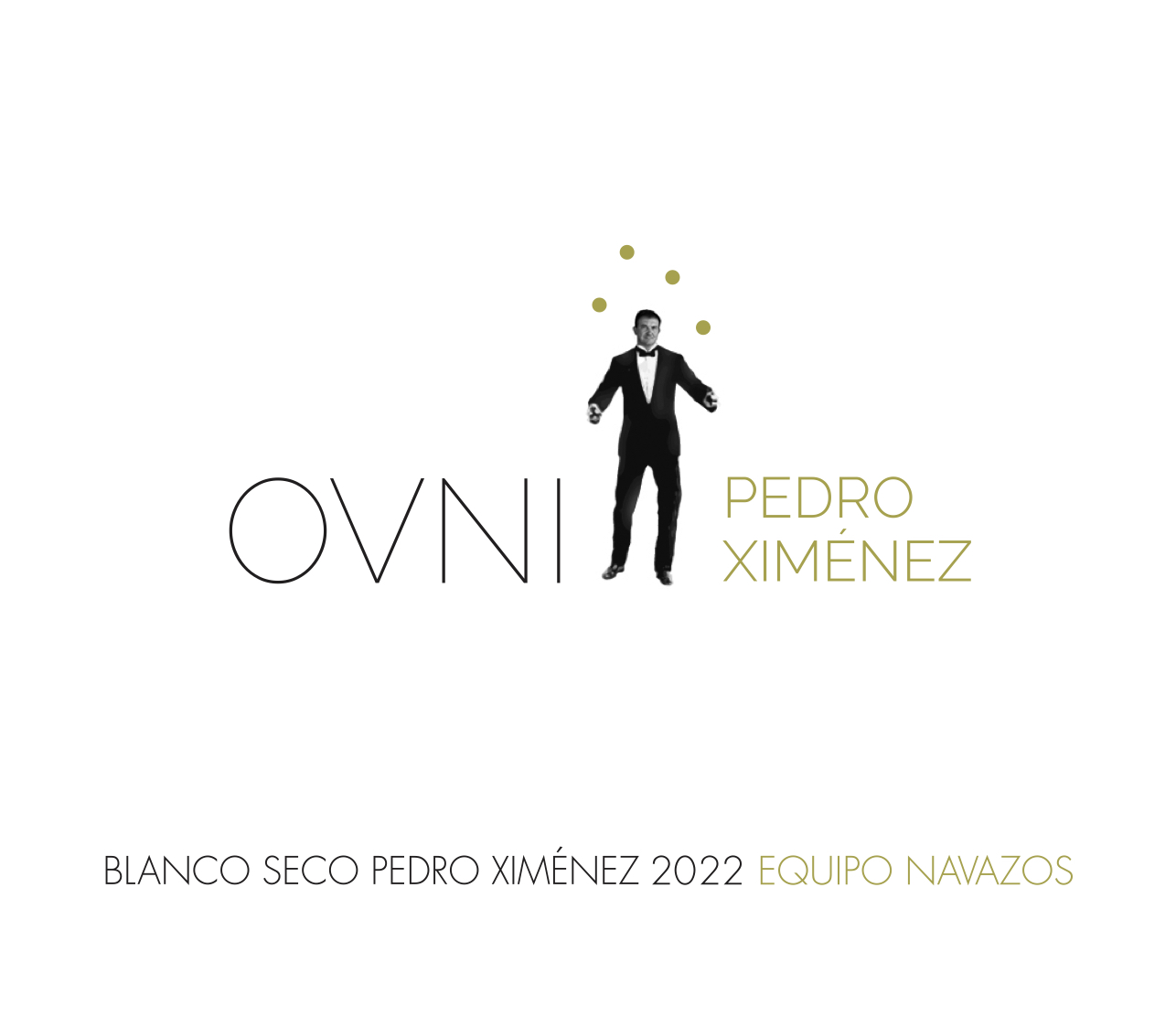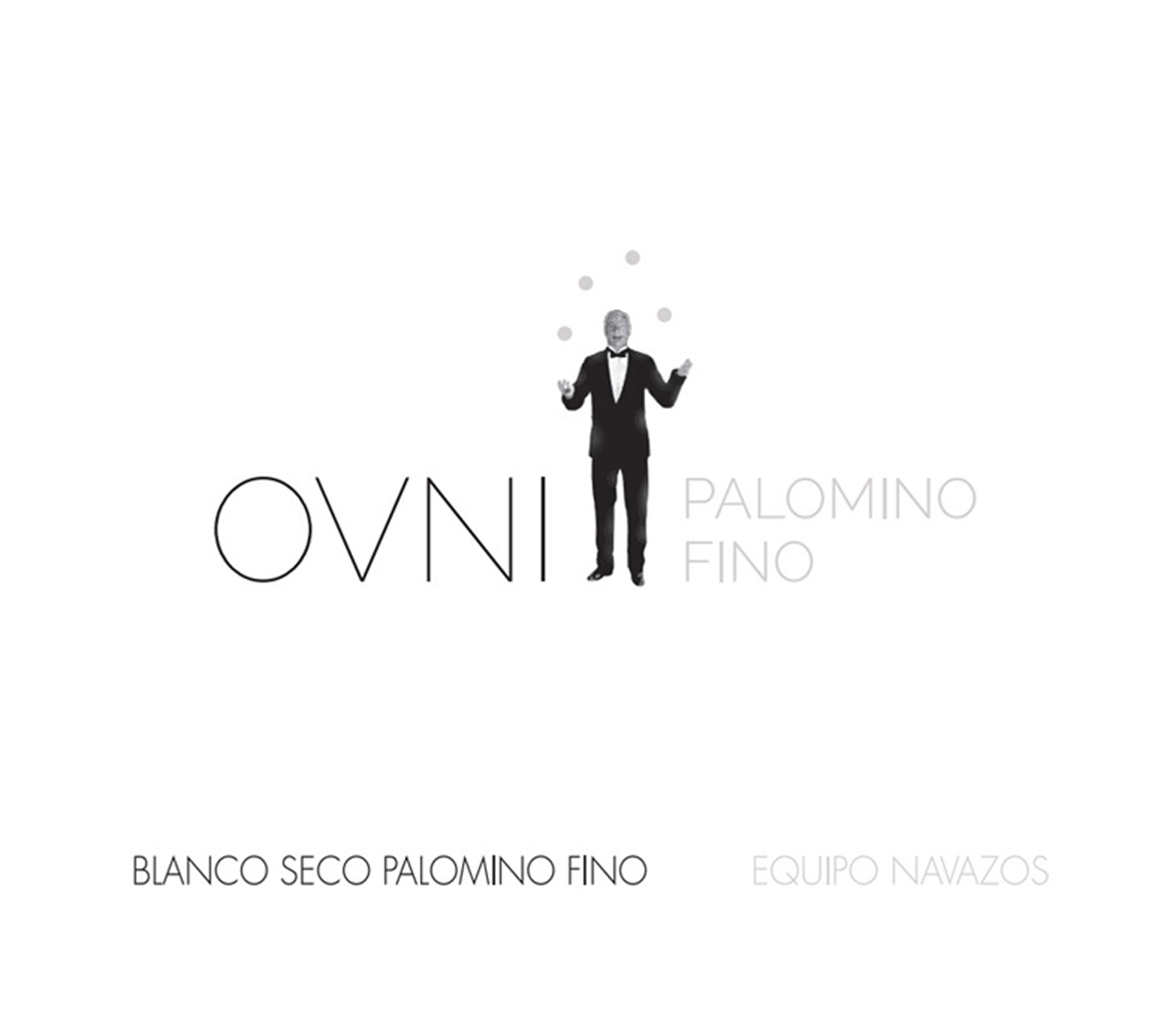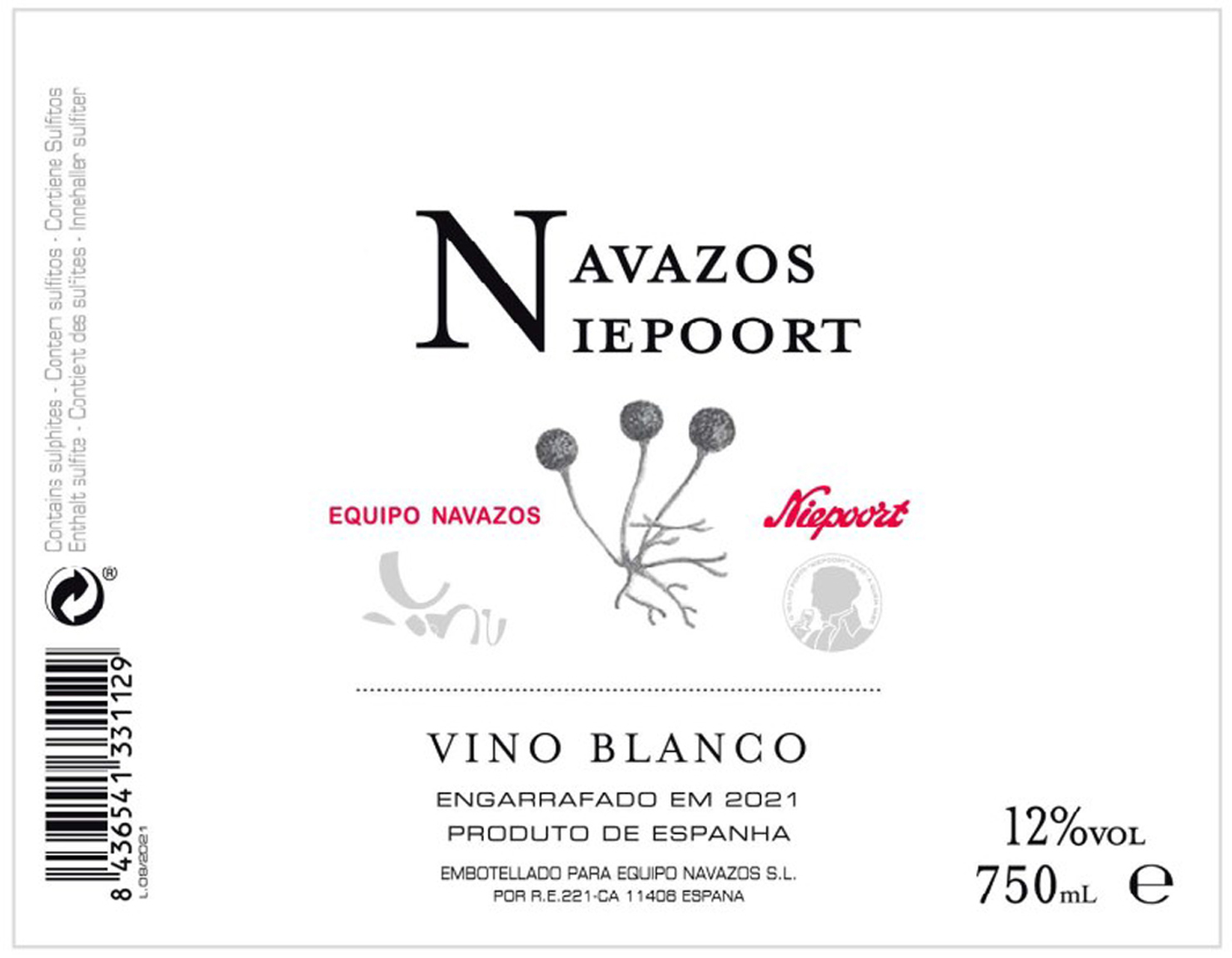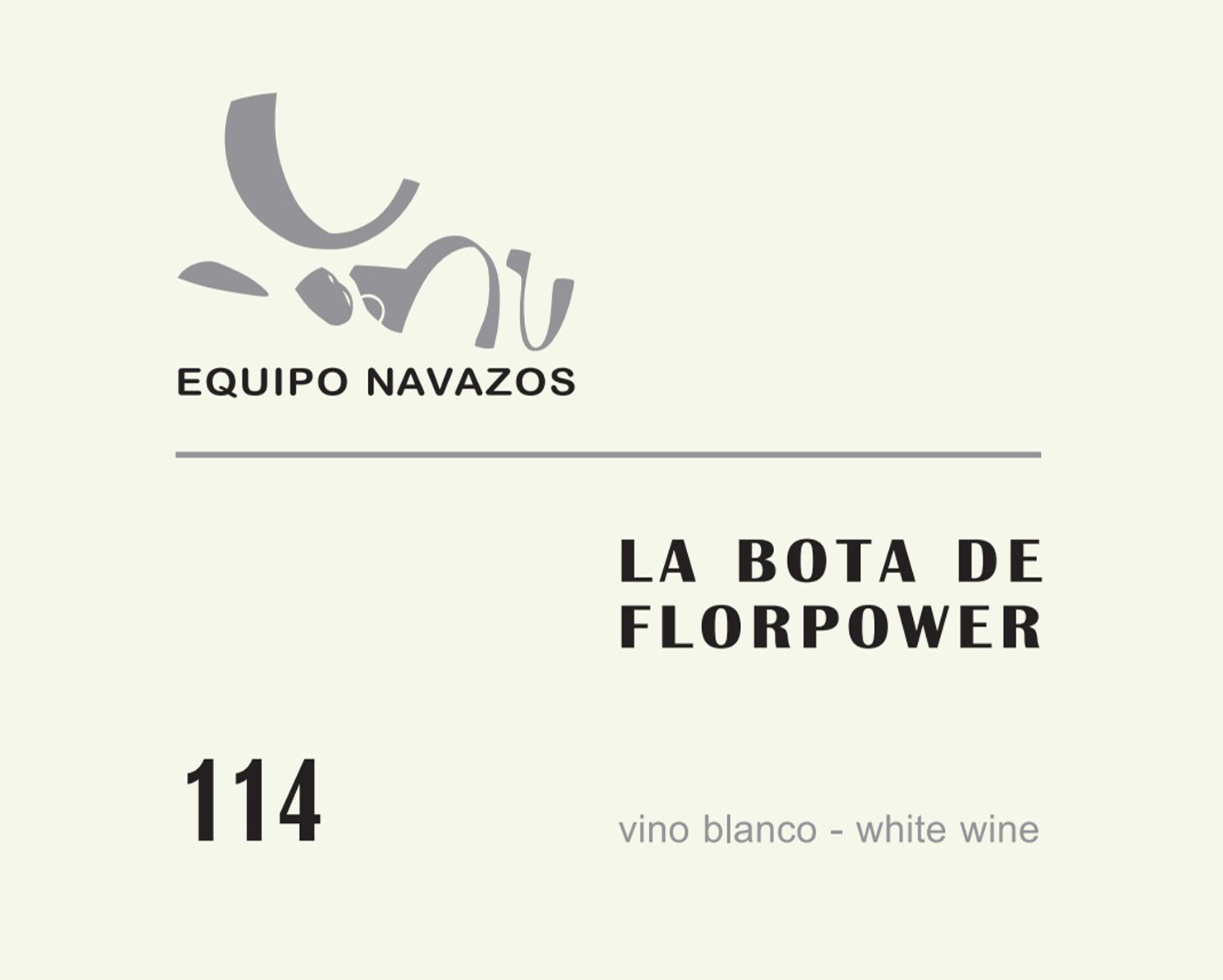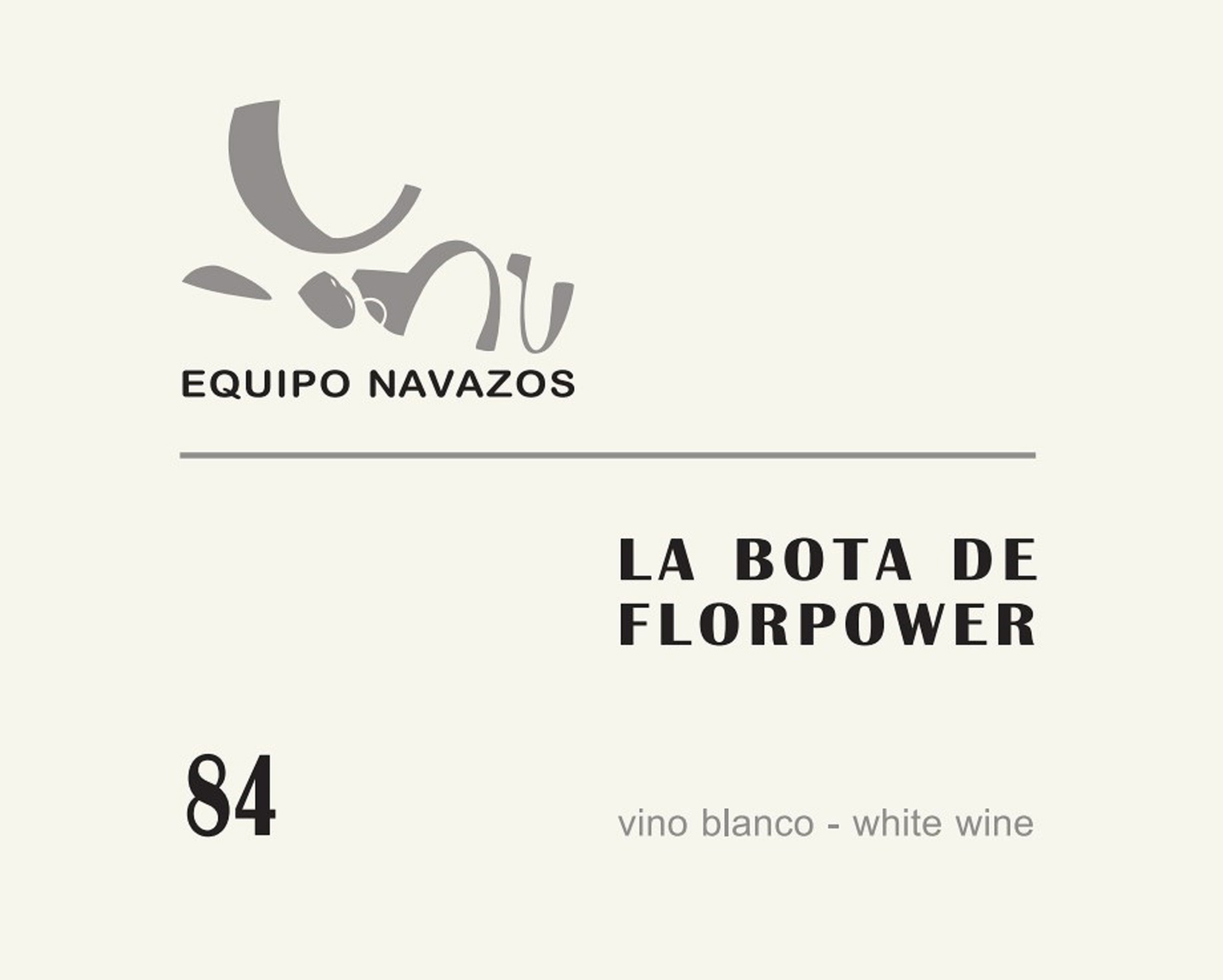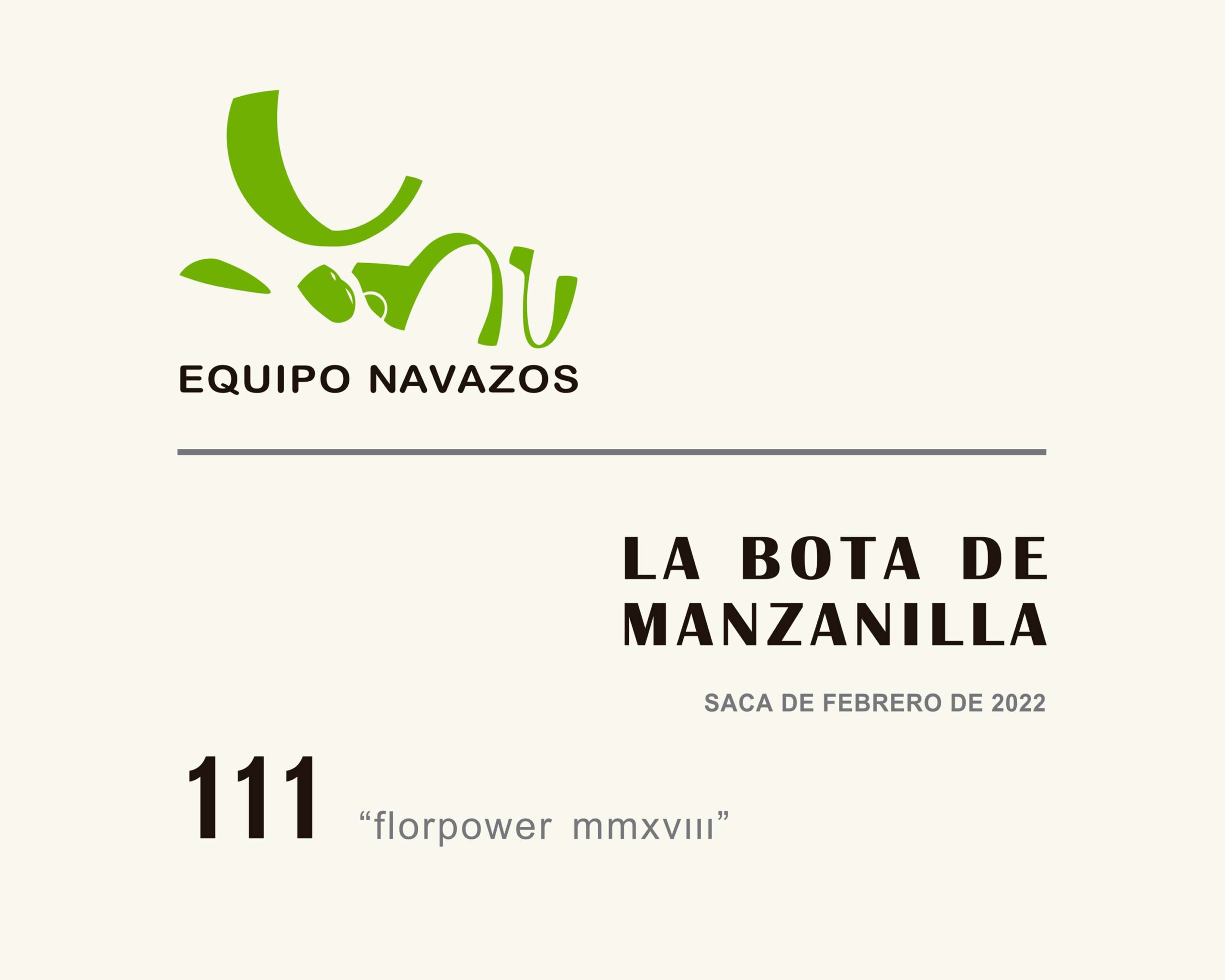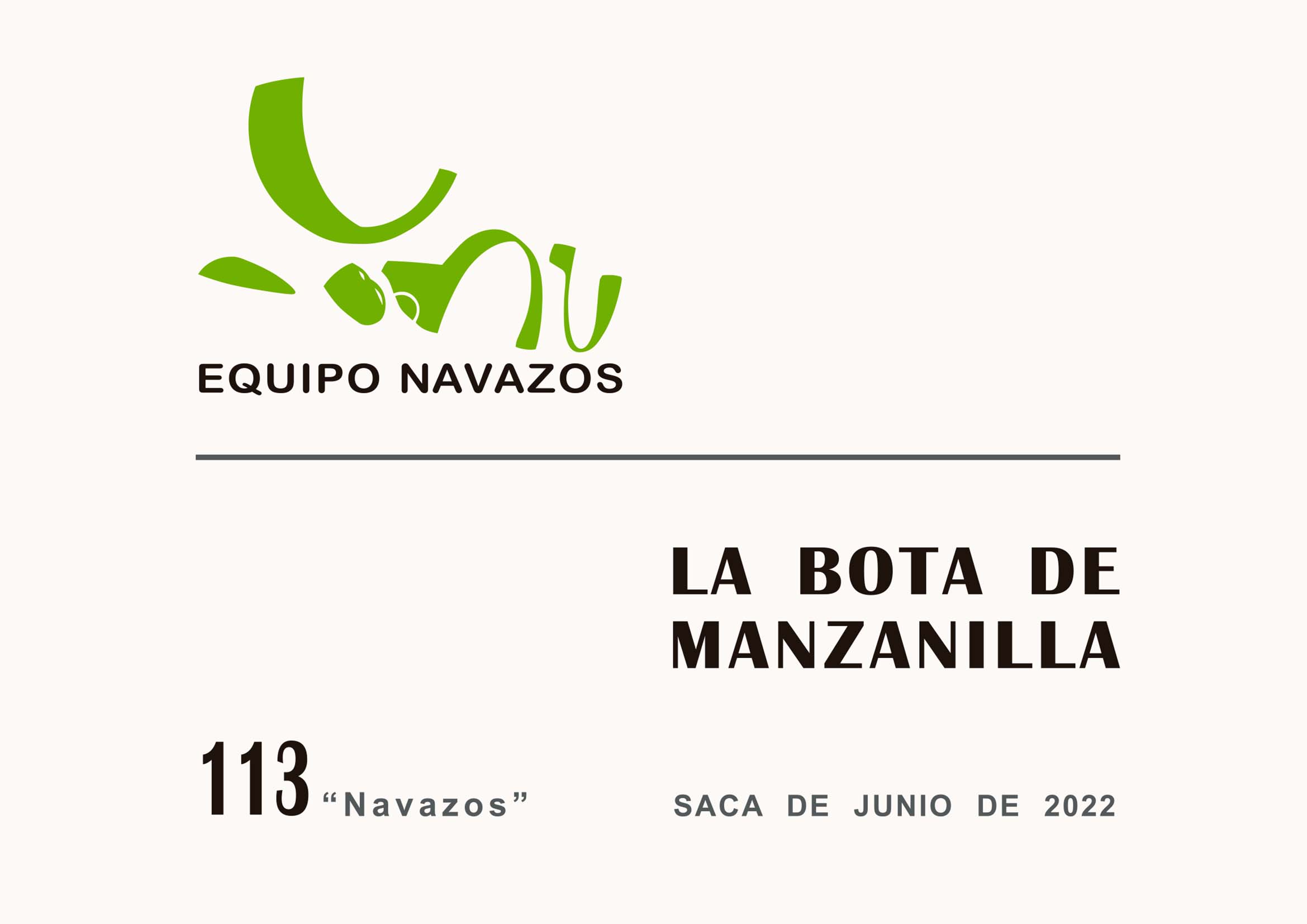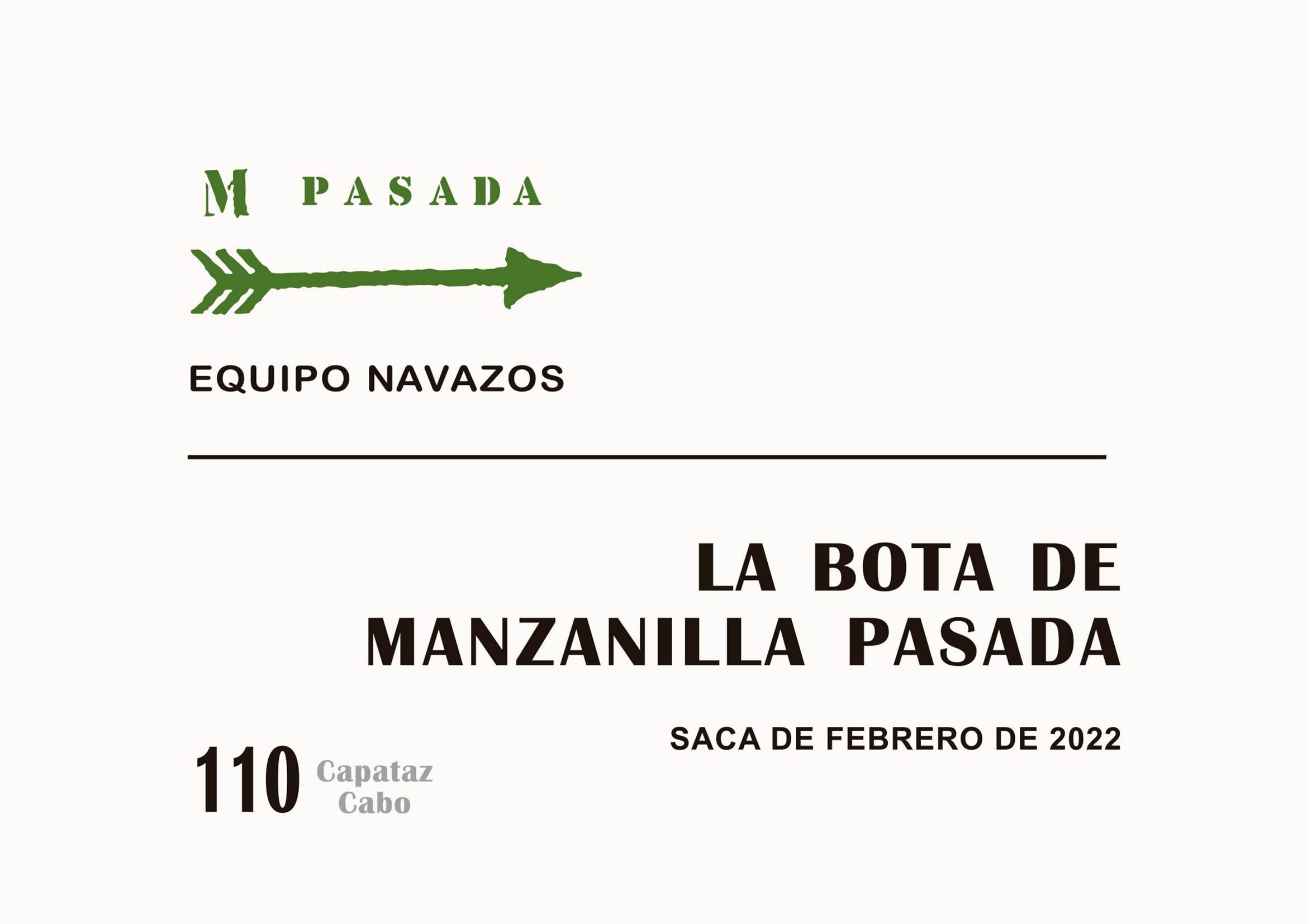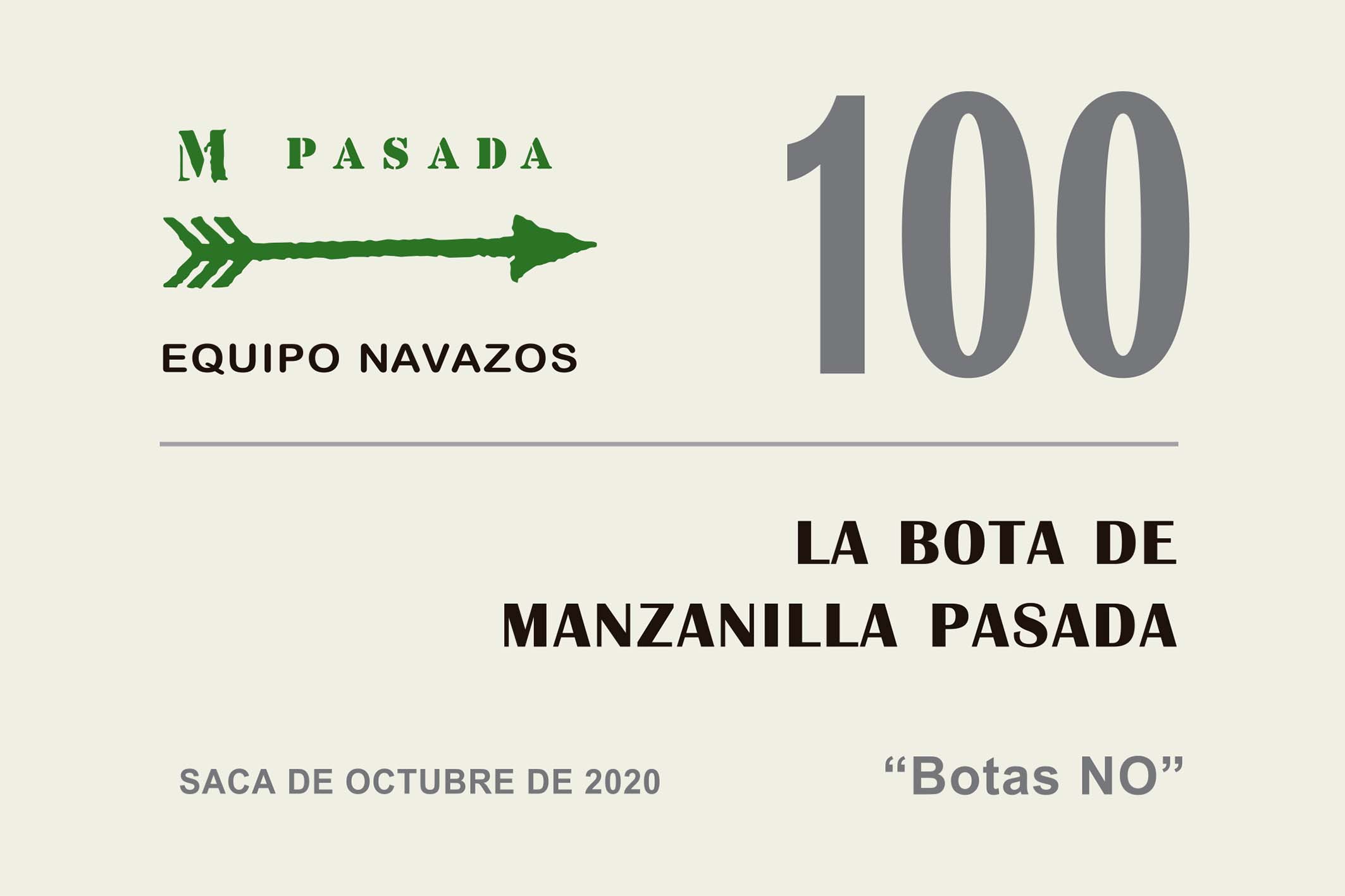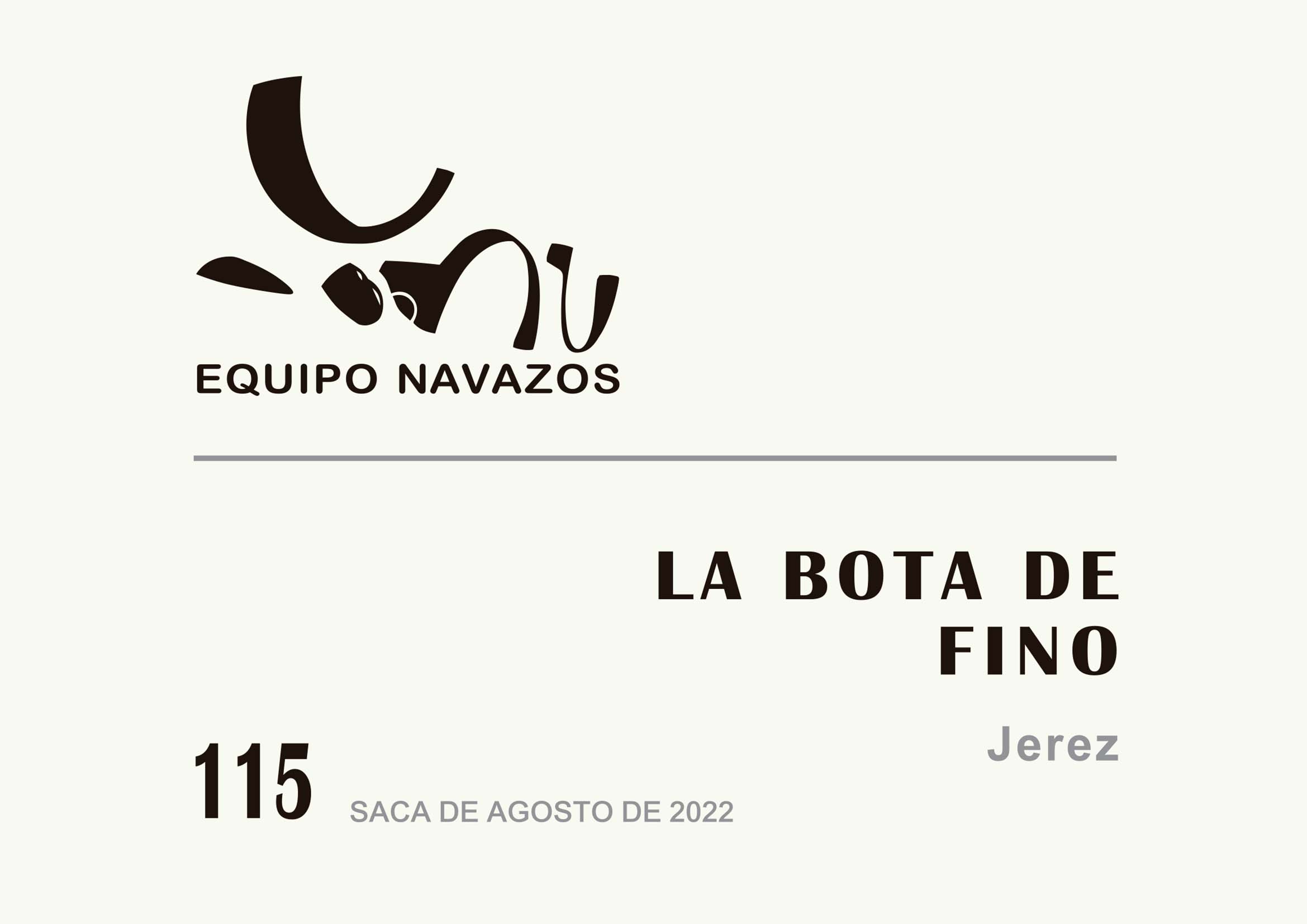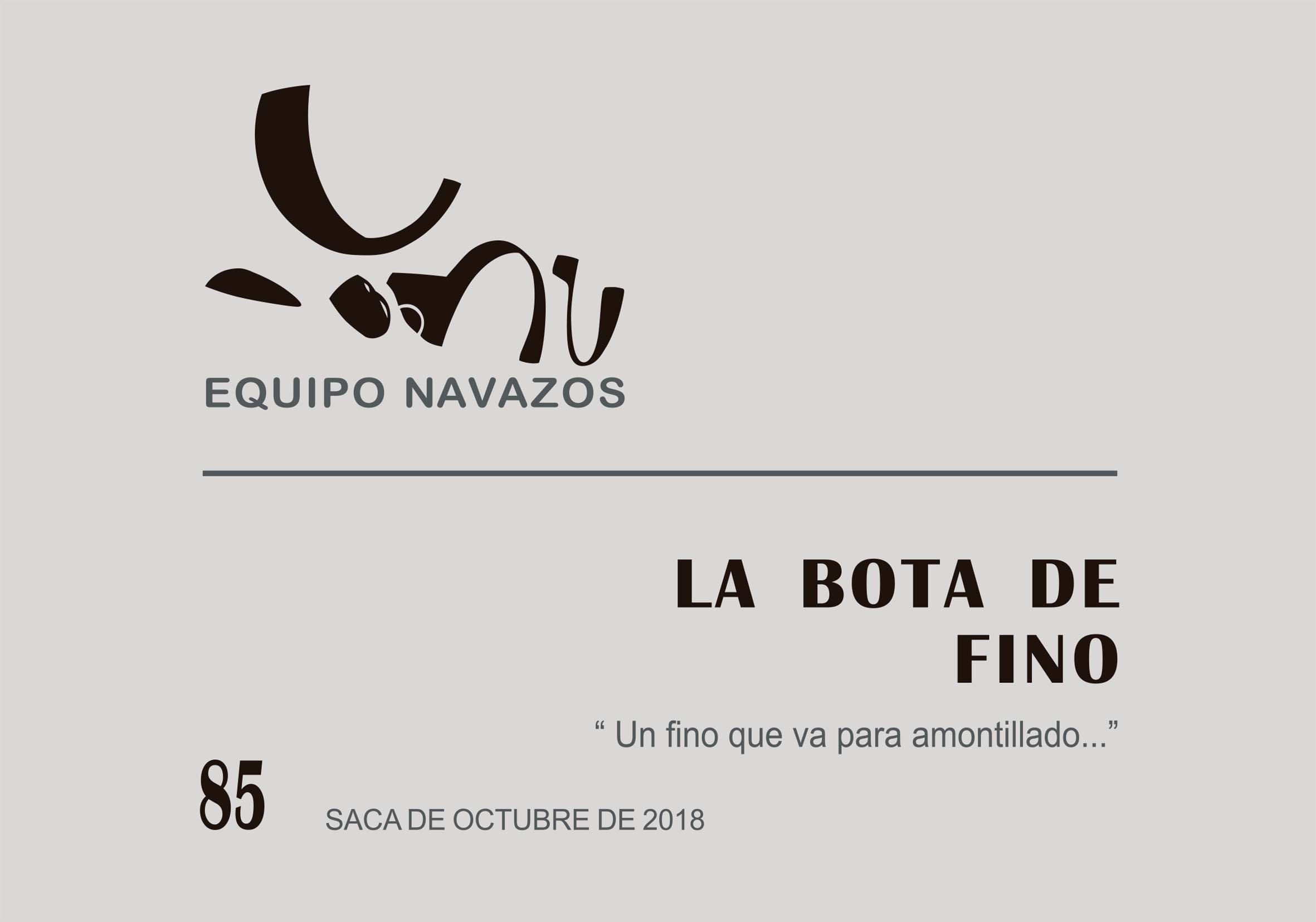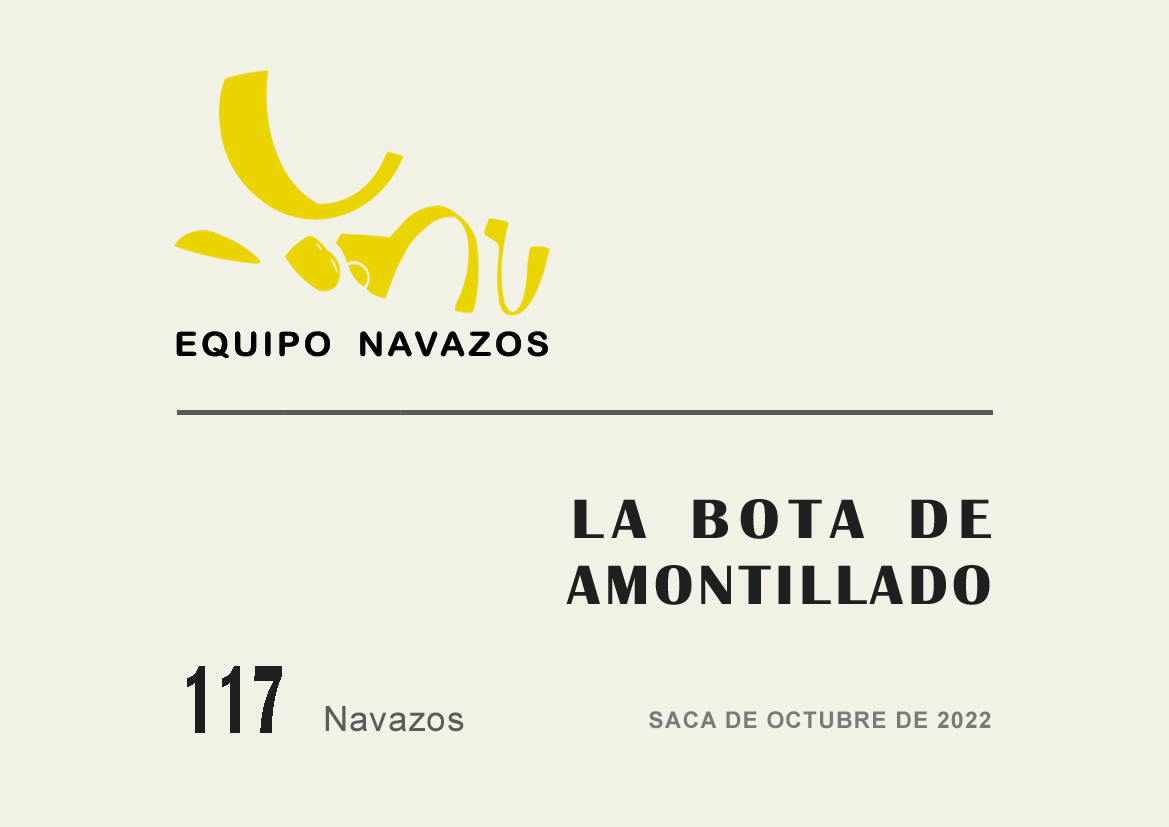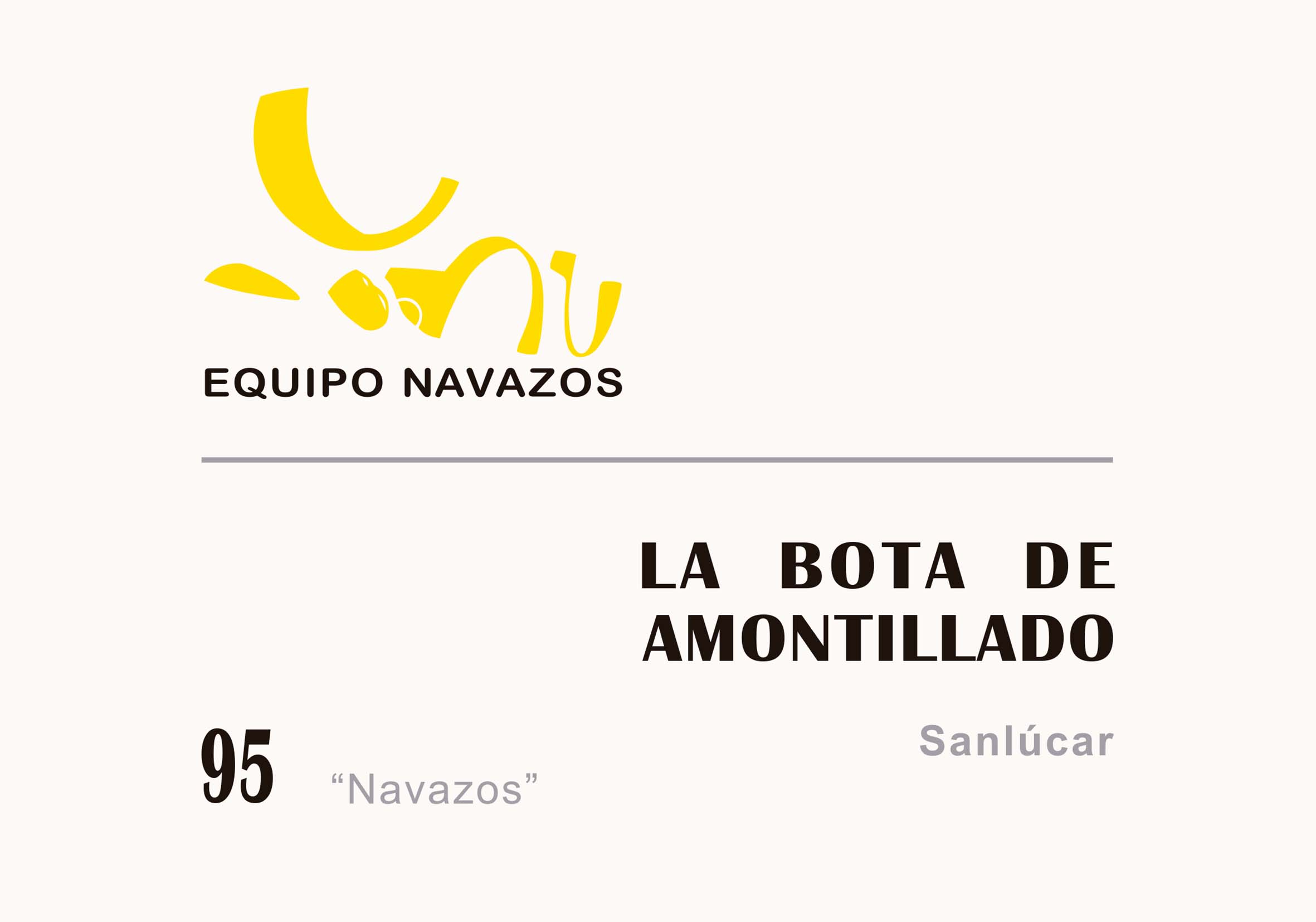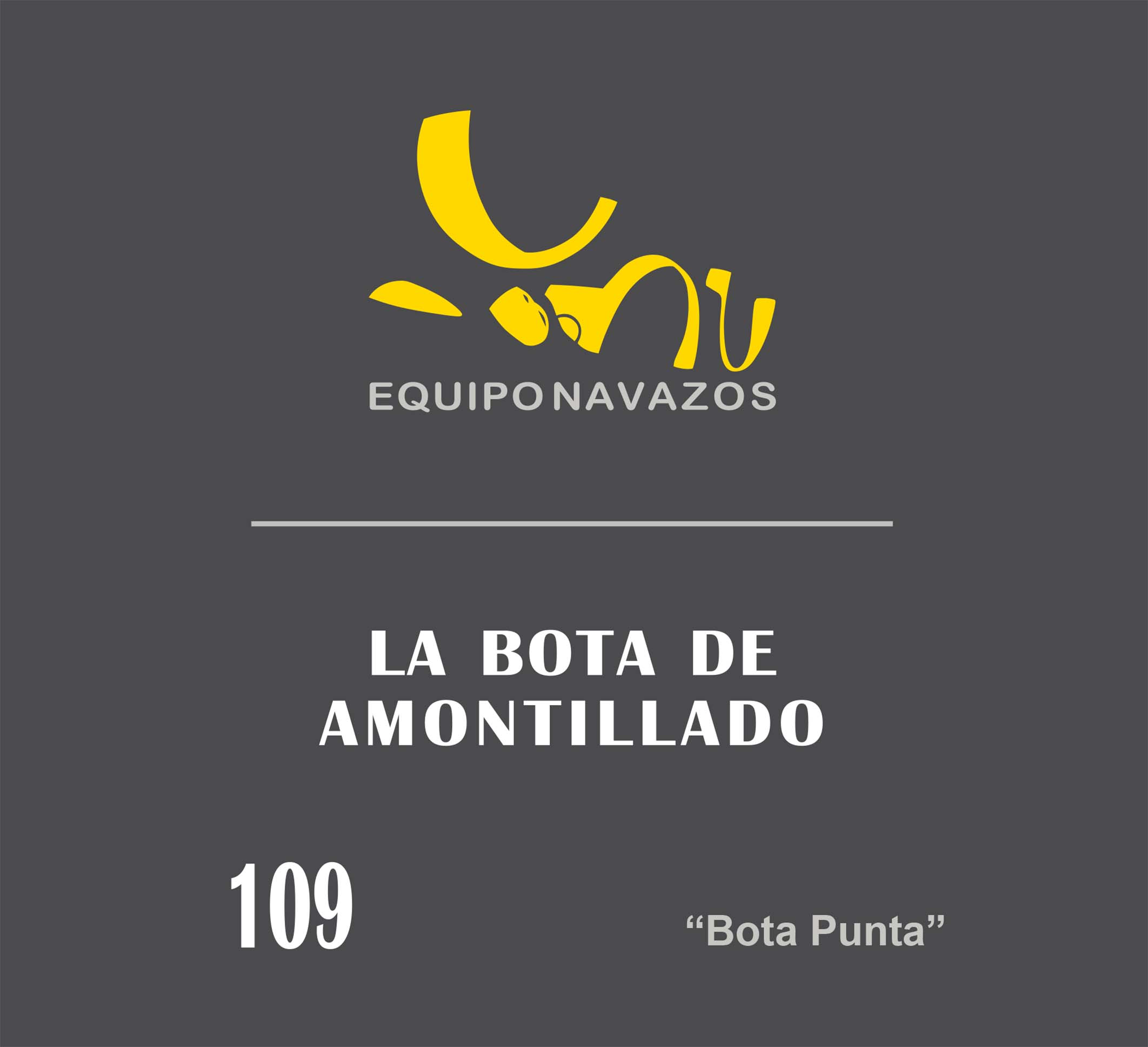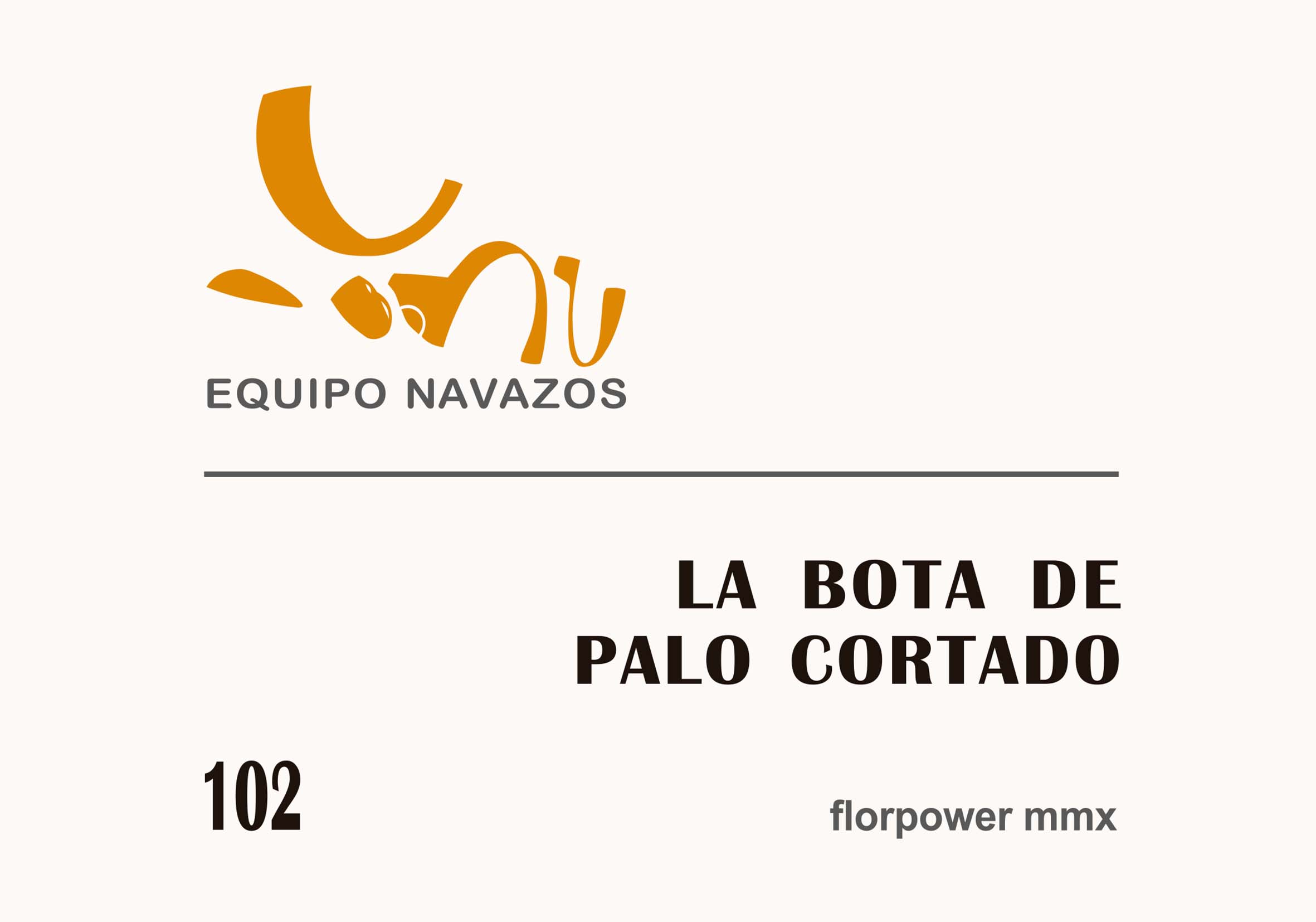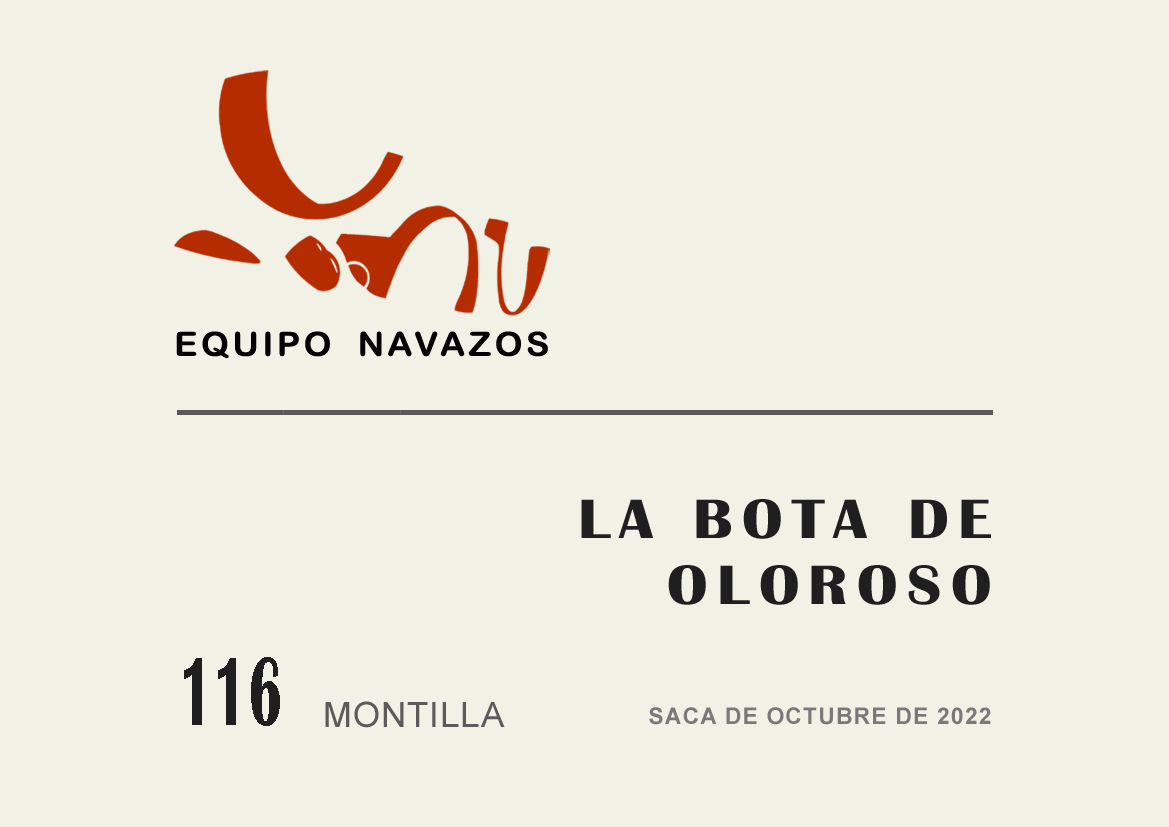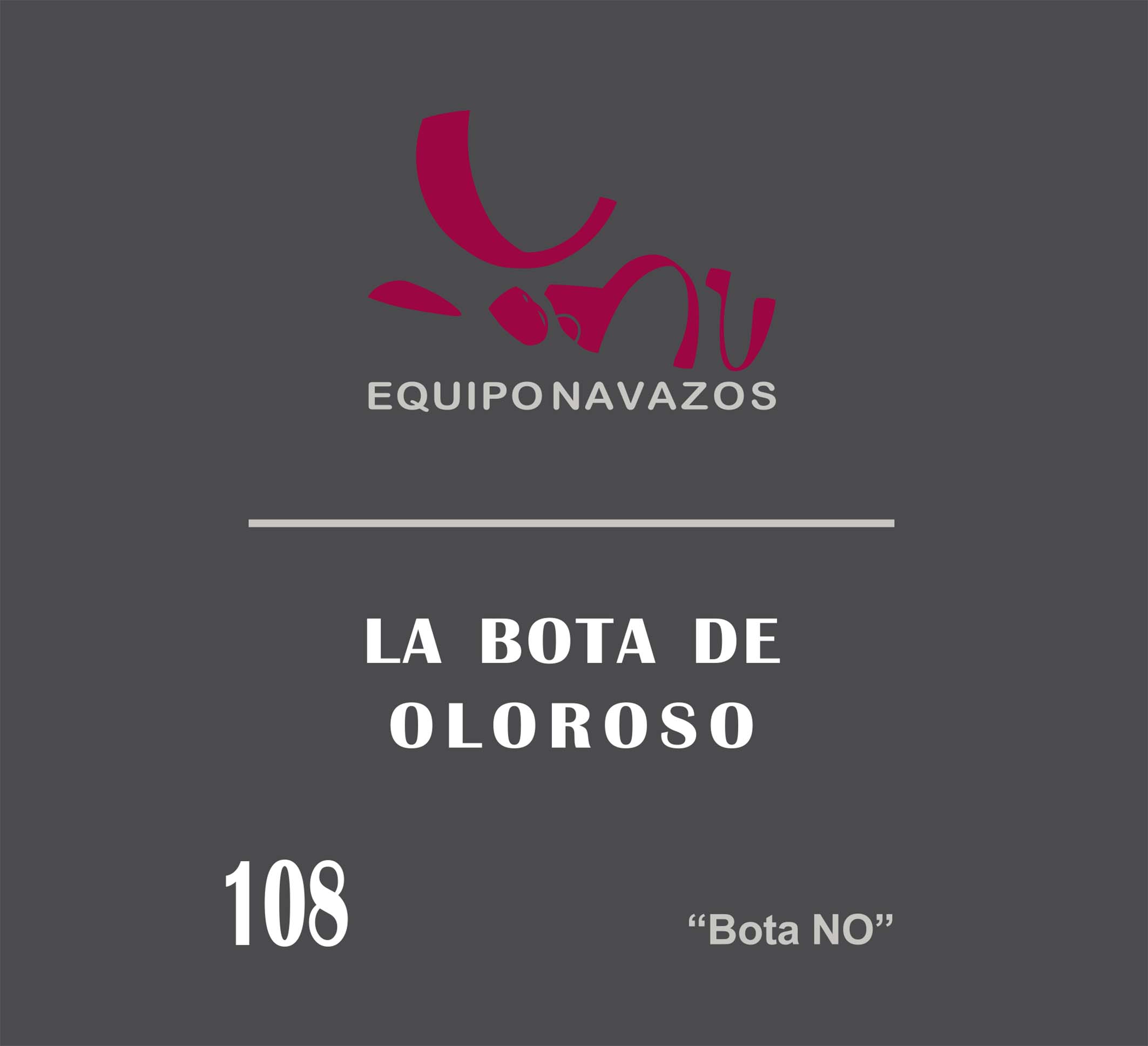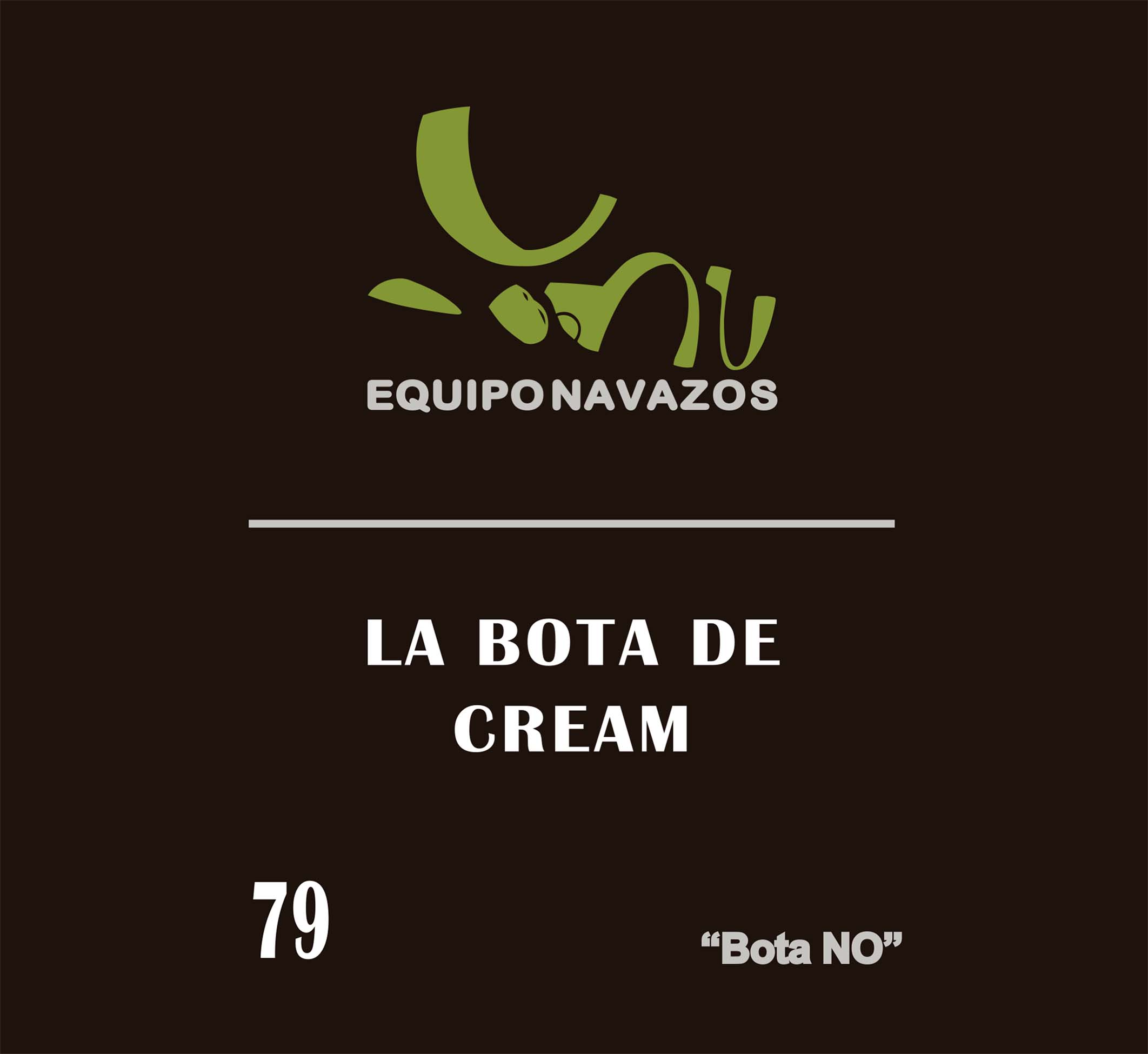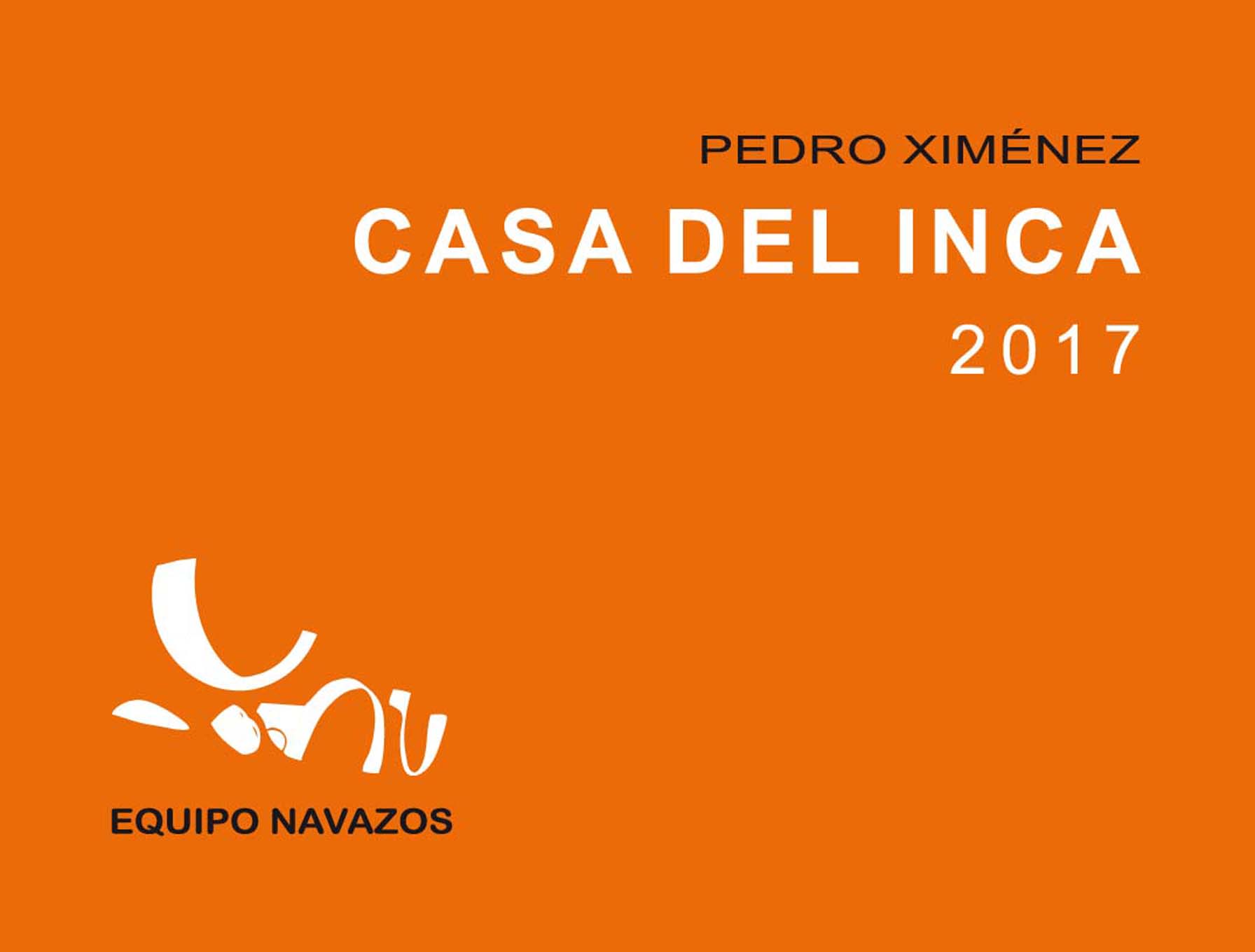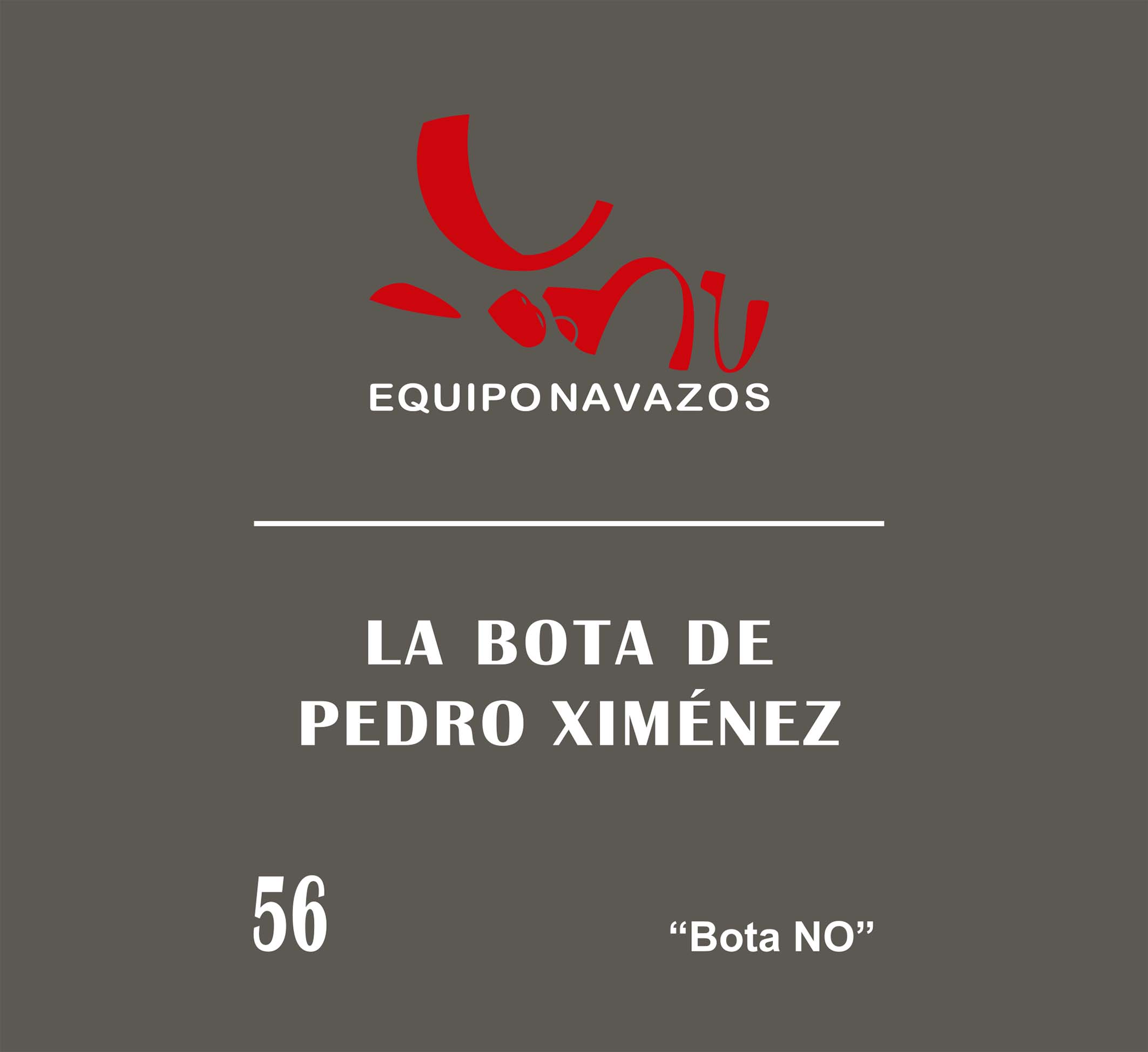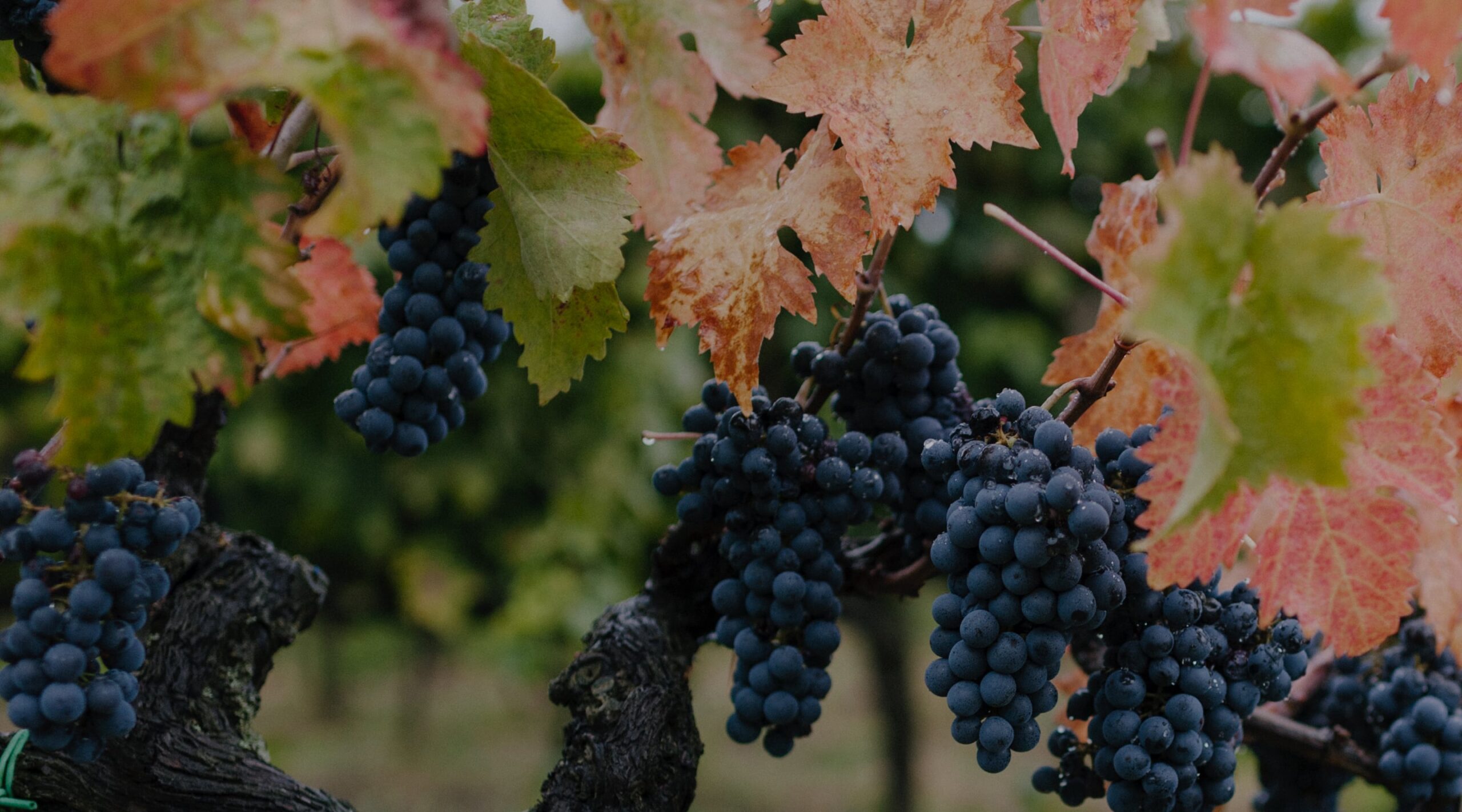
Equipo Navazos
Wines
Jerez-Xérès-Sherry
Pedro Ximénez, "OVNI", Blanco Joven, Montilla-Moriles
The Navazos team conceived “OVNI” to spotlight indigenous Andalucían varieties in a more straightforward fashion. Through harvesting at modest ripeness levels, fermenting spontaneously, foregoing fortification, and aging under flor only briefly, the “OVNI” wines express varietal character and mineral-driven finesse on attractively delicate and drinkable frames. Produced in the cellars of the renowned Pérez Barquero estate, the 2022 Pedro Ximénez “OVNI” comes from plantings in the white chalk soils of the Montilla ridge harvested at 11.5% potential alcohol—a sweet spot where the variety displays a balance between acidity, fruit, and mineral tension. The wine aged partly in stainless steel and partly under flor in the zone’s distinctive bulbous cement tinaja and was bottled with minimal sulfur after only a few months. 6,000 bottles produced.
Palomino Fino, "OVNI", Blanco Seco, Sanlúcar de Barrameda
A frequently encountered cliché asserts that Palomino Fino, before fortification and aging, is a “neutral” variety of little interest; however, Palomino Fino can clearly evoke its seaside birthplace when planted in a good site, harvested at proper ripeness, and vinified naturally. The 2021 Palomino Fino “OVNI” comes from old vines planted in the white chalk (“albariza”) soils of the historical vineyard Miraflores la Baja in Sanlúcar de Barrameda. It was picked at 11.5% potential alcohol, fermented spontaneously, and aged in steel without any flor development for just a few months—with an early bottling to capture its freshness. Palomino Fino is a variety of naturally low acidity, but also of extremely low pH, so the impression on the palate is not one of flab but one of intense cling, with mouthcoating sapidity even at low alcohol levels. 6,000 bottles produced.
Palomino Fino, "Navazos-Niepoort", Vino Blanco, Jerez de la Frontera
“Navazos-Niepoort” is an homage to the way wine in the Sherry Triangle was produced two centuries ago: Palomino Fino planted in top albariza vineyards, fermented naturally in traditional old (40 years or more) American-oak casks of 600-liter capacity known as “bota,” and aged under flor—the development of which is encouraged by the bota being filled to only 5/6th capacity—for eight months before bottling. Tangy flor and mouthwatering salinity intertwine on the palate, unencumbered by fortification, and the wine is simultaneously rich and sprightly, with an assertive character that stops short of punchiness. 12% alcohol; 5,820 bottles produced.
Palomino Fino, "La Bota 114", "Florpower MMXXI", Vino Blanco, Sanlúcar de Barrameda
As scholars of Andalucían wine, the members of Equipo Navazos have a keen interest in exploring flor outside the context of fortification, as well as how flor interacts with, and helps deliver, site and vintage character—two factors underplayed in traditional large-scale solera-based Sherry production. Their “Florpower” series uses grapes from a single vintage, grown in a single vineyard, and exposed to flor—sometimes for mere months, and sometimes for years. This release, La Bota #114, comprises 55- to 85-year-old Palomino Fino from the 2021 vintage (corresponding to the Roman numerals in the wine’s name) planted in the albariza soils of the esteemed Miraflores la Baja vineyard in Sanlúcar de Barrameda. It was fermented spontaneously in stainless steel, then passed six months in bota under flor, followed by an additional month of assembling in steel (with flor present). It is both delicate and penetrating, with its classically steely manzanilla character delivered on a lighter-alcohol and more fruit-inflected frame. 11.5% alcohol; 4,200 bottles produced.
Palomino Fino, "La Bota 84", "Florpower MMXVI", Vino Blanco, Sanlúcar de Barrameda
Over time, the Equipo Navazos team has shortened the period of flor exposure for their “Florpower” series, preferring a slightly lighter kiss of yeasts on releases like the MMXXI described above. This earlier bottling, La Bota #84, comes from the same plot—55- to 85-year-old vines of Palomino Fino in Sanlúcar’s Miraflores la Baja vineyard—as the MMXXI, but from the 2016 harvest (hence “MMXVI”), and it saw 19 total months of flor exposure: eight months in bota followed by 11 months in steel. Unlike the MMXXI, this wine underwent alcoholic fermentation in bota rather than steel, and its overall character is brinier and more intense, with a gripping saline texture that has been nicely burnished by a few years in bottle. 12% alcohol; 3,000 bottles produced.
Manzanilla, "La Bota 111", "Florpower MMXVIII", Sanlúcar de Barrameda
This release, La Bota #111, is of a rare breed: a single-vintage (2018, or MMXVIII) manzanilla from a single vineyard (like all “Florpower” releases, from Miraflores la Baja in Sanlúcar). After a natural alcoholic fermentation, it spent one year in 5/6th-full 40-year-old bota aging under flor at natural strength; it was then gently fortified with wine spirit to 15% and aged two and a half additional years in cask, thereby becoming a manzanilla by definition. It is a sleek, refined, ultra-clinging wine with astonishing kinetic energy, suffused with mineral salts and offering great purity amidst its flor-driven complexity. 15% alcohol; 4,500 bottles produced.
Manzanilla, "La Bota 113", "Navazos", Sanlúcar de Barrameda
While the group actively resists a standardized “product line” approach, there is a unifying thread in each release of a “Navazos”-designated Sherry. La Bota #113 is the tenth occurrence of a “Navazos”-designated manzanilla, and with this wine, they seek a complex expression of relatively long-aged Palomino Fino from Sanlúcar de Barrameda given only the gentlest of filtrations before bottling. La Bota #113, then, is a selection of casks among several dozen which have been monitored and shepherded by Navazos co-founder Eduardo Ojeda since 2007, with an estimated average wine age of seven years. Because it has been so minimally filtered, #113 pours a deeper golden color than many more commercially minded manzanillas, with a deeply saline yet vibrant palate that hums with intensity. Though remarkably quenching, a simple aperitivo-style manzanilla this is not. 15% alcohol; bottled in June 2022; 5,000 bottles produced.
Manzanilla Pasada, "La Bota 110", "Capataz Cabo", Sanlúcar de Barrameda
The solera from which La Bota #110 was sourced has a distinctive and somewhat unorthodox history of maintenance. Named after a legendary cellarmaster in Sanlúcar, Capataz Cabo, who looked after this solera for over a decade, its barrels are filled up to just a few fingers’ width of the top rather than the 5/6th capacity typically employed in the region. This higher fill engenders a lighter and more tenuous flor—one which still blankets the wine, yet which also allows for achingly slow oxidation over time, thereby creating a long-aged (“pasada”) manzanilla of astonishing complexity and delicacy. This gradual oxidation also causes an evaporation which raises the alcoholic strength over time to 16.5% from the 15% to which it was originally fortified. Bottled in February 2022; 3,000 bottles produced.
Manzanilla Pasada, "La Bota 100", "Botas NO", Sanlúcar de Barrameda
The members of Equipo Navazos have a particular fondness for the little-seen category of manzanilla pasada, with its gorgeous balance of umami-tinged flor notes and oxidative complexity, and each La Bota release ending in a zero has, in fact, been one. They describe this release, La Bota #100, as veering closer to the even less frequently encountered category of “manzanilla amontillada”—a cousin of the category “fino amontillado” (see below) which is similarly banned from appearing on labels—in which the oxidative character of the wine is beginning to really spread its wings. In Sherry production, a ”Bota NO” is a cask that the cellarmaster has deemed special or particular in character, and that he will thenceforth treat differently than the rest of the solera—by not topping it up with new wine, for one. This release has an average wine age of 14 years, and its complex oxidative character is partly due to this solera’s casks being kept at a higher fill level than the usual 5/6th employed in the region—thereby allowing a more gradual oxidation to occur over time. Here, notes of roasted nuts and dried fruits intermingle with the vibrant yet savory flavors of flor in a stunningly complex representation of Sanlúcar de Barrameda. 16.5% alcohol; bottled in October 2020; 2,600 bottles (500ml) produced.
Fino, "La Bota 115", Jerez de la Frontera, Jerez-Xérès-Sherry
La Bota 115 is the tenth saca (extraction for bottling) based around the same solera in Jerez de la Frontera, overseen by Navazos co-founder Eduardo Ojeda for the past several decades. This release, unlike previous iterations, employs a small portion of younger criaderas (rows of casks) from the Macharnudo Alto vineyard, which brings freshness and elegance to the blend. With an average wine age of eight years, #115 was bottled with only an ultra-gentle filtration in order to preserve its ravishing texture—silky yet intense, with an almost buttery roundness—and its rich golden hue underlines its noncommercial, uncompromising spirit of origin. 15% alcohol; bottled in August 2022; 5,000 bottles produced.
Fino Amontillado, "La Bota 85", Montilla-Moriles
In contrast to those of the Sherry Triangle, traditionally made wines from Montilla-Moriles—located 100 miles north of Jerez de la Frontera—are not fortified; rather, they are picked at an alcoholic strength of 15% or so, a level facilitated by this zone’s significantly warmer climate. Furthermore, Pedro Ximénez—rather than Palomino Fino—is the dominant variety in Montilla-Moriles, famous in its ultra-sweet version but capable of producing flor-aged dry wines of staggering complexity as well. La Bota #85 belongs to the elusive category of fino amontillado—an “in-between” classification of historical significance which is rarely seen today and is in fact prohibited from appearing on labels. This saca comes from the esteemed Pérez Barquero estate in Montilla, from the oldest fino solera in their bodega Los Amigos, and the Equipo Navazos team selected 15 casks from the 63 that comprise the solera. Produced exclusively from Pedro Ximénez grown in the white chalk soils of the Montilla ridge and hand-harvested at 15% alcohol, #85 sports an average wine age of 12 to 14 years, with a bottled alcohol level of 16% owing to a slow oxidation that marks the onset of the amontillamiento process. A cousin of sorts to the manzanilla pasada “Capataz Cabo” (see La Bota #110), this bottling offers the brisk, direct, salty freshness of a fino alongside the more mysterious murmurings of an amontillado on a frame of impressive concentration and tunneling length. [NOTE: While “fino amontillado” is not allowed on the label, the phrase “un fino que va para amontillado” is utilized to capture the wine’s spirit.] Bottled in October 2018; 3,000 bottles produced.
Amontillado, "La Bota 117", "Navazos", Montilla-Moriles
Amontillado constitutes a vital part of Equipo Navazos’ history: the “La Bota” lineage began with an amontillado in 2005, and they have bottled an additional five “Navazos”-designated amontillados since then—including this, the first in the series to hail from Montilla-Moriles. In their words, a “Navazos”-designated amontillado must “represent the ideal balance between complexity and freshness that in our opinion makes amontillado the king of wines.” La Bota #117 comprises casks of Pedro Ximénez from the Altos de Moriles zone which began life at a prestigious bodega in Lucena—first long-aged as a fino then briefly as an amontillado—and which were thereafter refined and finished at the Pérez Barquero estate. With an average wine age of over 20 years, #117 is palate-commandingly intense and layered, yet with a sense of brightness and delicacy—partly a result of its modest-for-the-category alcohol level of 18%, derived through the slow oxidation and concentration of its unfortified component wines. Bottled October 2022; 3,200 bottles produced.
Amontillado, "La Bota 95", "Navazos", Sanlúcar de Barrameda, Jerez-Xérès-Sherry
La Bota #95 has a rather complex history: the historic amontillado soleras of Rainer Pérez Marín, which housed a wide array of amontillados of varying character from the early 1980s through the mid-2000s, were restructured in 2007, with the best-quality casks being completely refreshed with unfortified manzanilla pasada of a particularly fine caliber. It is from these 100 or so casks that the Equipo Navazos team selected a dozen for themselves in 2012; half the volume in these 12 barrels was bottled soon thereafter as La Bota #37, and the other half was returned to casks for additional aging into a full-on amontillado. After seven more years, the mind-bogglingly complex La Bota #95—with an average wine age of 25 years—was extracted and bottled, with no fining and virtually no filtration. Its shapeshifting palate slides between fresh notes of salty flor and deeper strata of dried aromatic herbs and burnt caramel, always carrying a phenomenal sense of equilibrium and overall drinkability. 18.5% alcohol; bottled November 2019; 2,800 bottles produced.
Amontillado, "La Bota 109", "Bota Punta", Trebujena
Part of Sherry’s allure is the sheer age of some of its raw materials. With La Bota #109, from a single cask raised by the small co-operative Albarizas de Trebujena (a town immediately north of Jerez de la Frontera whose production is within the D.O.), the liquid inside was already considered an old amontillado when the co-op was founded in 1977—so much so, in fact, that its specific origins remain unknown. “Bota Punta” refers to the barrel’s position at the very end of the bottom row of casks in its solera. As such, it is exposed to more airflow than any other barrel in the row, and thus to more humidity and more yeasts. Furthermore, as a Bota Punta, it receives different treatment from the cellarmaster than the other casks: whereas most casks are refreshed with new wine, the bota punta is refreshed only with wine from its solera row, and thus it develops more dramatically due to the age of the materials with which it is replenished. It is astonishing to reflect upon the years such a cask as this has endured. The spellbinding liquid the Equipo Navazos team pulled from it for La Bota #109 takes one far beyond the realm of useful descriptors, and it is nearly hallucinatory in its immense concentration and profound depth. 22% alcohol; bottled October 2021; 1,200 bottles (375ml) produced.
Palo Cortado, "La Bota 102", "Florpower MMX", Sanlúcar de Barrameda, Jerez-Xérès-Sherry
Following the theme of other “Florpower” releases, La Bota #102 is from a single vintage (2010, hence “MMX”) and a single vineyard (50- to 80-year-old vines in the highly regarded Miraflores la Baja in Sanlúcar)—a rarity in the world of palo cortado. This elusive category—theoretically between an amontillado and an oloroso in character—can be obtained in a variety of ways; historically, a cask of flor-aging fino that showed a particular fullness or intensity early on (not necessarily suitable for bottled fino) would be marked, fortified again to kill the flor, and reassigned to a different solera, where it would develop into a wine primarily oxidative in profile but still bearing an influence of the flor under which it began its life. This release started off in tank with only a subtle flor, and was fortified to 17.5% before being transferred to casks, the solera of which was overseen by Navazos member Eduardo Ojeda. The team selected the casks they felt most embodied the combination of purity, freshness, and oxidative finesse they seek in a palo cortado and conducted the saca for the stunningly poised La Bota #102 from them. 18% alcohol; bottled March 2021; 2,100 bottles produced.
Oloroso, "La Bota 116", "Montilla", Montilla-Moriles
Equipo Navazos has a close relationship with the Pérez Barquero estate in Montilla-Moriles, and their patron Rafael Cordoba is renowned for the superb quality of the musts he obtains from the robust Pedro Ximénez variety for which this zone is known. This oloroso, La Bota #116, comes from the second pressing (the “color” pressing) of Pedro Ximénez picked at around 15% alcohol and fortified right away, and the solera from which it is sourced—"Solera Diogenes” in the Bodega El Puente at Pérez Barquero—contains wines averaging 35 years of age. Offering the spicy, broad punch of an oloroso of Pedro Ximénez, it nonetheless maintains a gorgeous balance and a connection to its youthful fruit despite the unfolding layers of oxidative complexity. 20.5% alcohol; bottled October 2022; 2,700 bottles produced.
Oloroso, "La Bota 108", "Bota NO", Chiclana
The elemental, almost imposingly complex La Bota #108 comes from a single cask (“Bota NO” is a cellar designation meaning that the barrel should never be filled with new wine) of 90-year-old Sherry cared for by Chano Aragón in his ancient bodega Calle Olivo in Chiclana, situated 25 miles due south of Jerez de la Frontera. This museum-worthy artifact of a wine is bone-dry, bracingly acidic, and kaleidoscopic in its oxidative character, with tobacco leaf, dark-roast coffee, musky leather, and brass all stretching their arms up from the seething mosh pit of flavors. 22.5% alcohol; bottled October 2021; 1,200 bottles (375ml) produced.
Viejo Cream, "La Bota 79", "Bota NO", Jerez de la Frontera, Jerez-Xérès-Sherry
La Bota #79 was withdrawn from a “Bota NO” (“Bota NO” is a cellar designation meaning that the barrel should never be filled with new wine) from a nine-cask solera in Jerez de la Frontera whose origins date back over a century. Early on in this solera’s history, dry oloroso was blended with sweet Pedro Ximénez—following the traditional model of cream Sherry—and several generations worth of aging has allowed the contents of these casks to integrate their flavors thrillingly. Rather than feeling like a dry oxidative wine with sweetness tacked on, it unfolds its silken, honeyed flavors—made profound with time—in gentle swells. 21.5% alcohol; bottled October 2017; 950 bottles (375ml) produced.
Pedro Ximénez, "Casa del Inca", Montilla-Moriles
The Peru-born writer and historian Garcilaso de la Vega (known as “El Inca” for his intensive studies of Incan civilization) resided in Montilla in the late 16th and early 17th centuries, and his former house is today employed as part of the city’s wine culture. Not part of the “La Bota” series due to its affiliation with a high-end Spanish gourmet goods purveyor (the original client for the series), “Casa del Inca”—named after El Inca’s residency—is produced from late-harvested Pedro Ximénez grapes from the Pérez Barquero estate which are subsequently sun-dried for several weeks, thereby concentrating their sugars even further. Fortified with high-quality wine spirits and aged in the distinctive traditional cement tinaja of the zone for 18 months before bottling, this offers a fresher, more youthfully vibrant profile than that of an older, barrel-aged sweet PX.
Pedro Ximénez, "La Bota 56", "Bota NO", Jerez de la Frontera, Jerez-Xérès-Sherry
Norwegian Sherry aficionado and friend of Equipo Navazos Jan Pettersen has managed the historic and small Bodegas Rey Fernando de Castilla for over two decades. Upon assuming his post, Jan acquired some extremely old Pedro Ximénez casks—emptied of their contents but still containing a dense syrup of PX at the bottom. He replenished these casks with younger PX, which over the ensuing years has developed beautifully, picking up the savory complexity of the old wines with which it slowly integrated. Astonishingly dense yet with an inner freshness, La Bota #56—a selection from these very casks—sports an average wine age of over 40 years. 15% alcohol; bottled March 2015; 1,200 bottles (375ml) produced.
